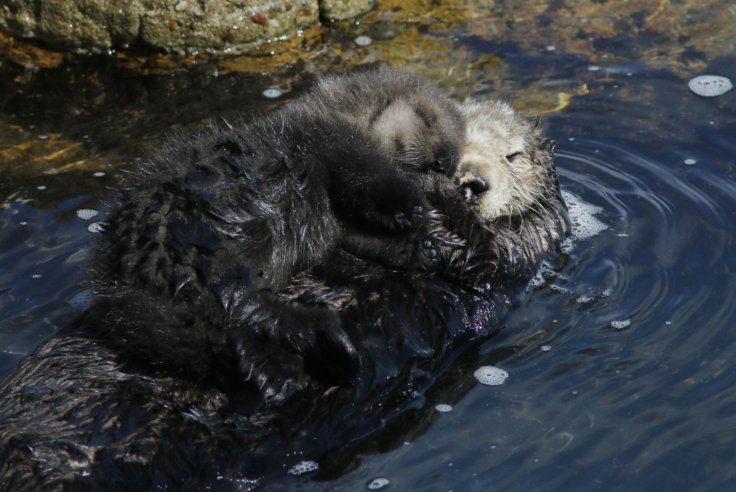
Singapore's very famous smooth-coated otters are a unique hybrid of two different species, reveals recent research. What is more surprising is that this relationship was not a smooth one.
According to the research, the female small-clawed otters didn't choose the smooth-coated males first but after they failed to find suitable mates, they settled for the former.
However, the researchers are not sure if the original union occurred in nature or captivity.
In the study published last year, the team, under research assistant Meryl Theng, closely studied the smooth-coated otter samples across the world to understand their distribution and movements. They also collected 18 samples of dung and skin from Singapore itself.
According to reports, the team was initially confused as they thought that the faeces collected was from a wrong species or the DNA of small-clawed otters were contaminated.
Both the species of otter in question are present in the Lion City and the population of smooth-coated otters has been increasing since the 1990s. While they grow up to 1.2m long and 11kg, small-clawed otters weigh around 5kg.
Another difference between these two species is that the smooth-coated otters proliferate in places such as Sungei Buloh, Bishan-Ang Mo Kio Park and Gardens by the Bay, while small-clawed otters have been only spotted on offshore islands such as Pulau Tekong and Pulau Ubin.
Also read: Singapore court sentences man to jail for recording upskirt video of woman
Now the question arises how did these two species interbreed and Theng clarifies it with the "picky female" theory. She also explained why Singapore's otters do not look like hybrids. This is because the original offspring of these two otters continued to breed with smooth-coated otters for generations and thus their genes are not split equally. This resulted in the slow disappearance of small-clawed otters' characteristics from appearance but they are preserved in the DNA.
Otters have become an integral part of Singapore and these intelligent creatures not only amuse tourists but also play an important role in conserving the ecosystem. However, not all encounters with otters are fun as a French tourist was attacked by one of these creatures in the city-state. The 5-year-old girl was watching a bunch of otters swimming with her family when one of them jumped out and bit her. She had to undergo a surgery as the wound was deep.
Coming back to the study, Biology lecturer N. Sivasothi raises a serious question: Should endangered species be protected if there are cases of hybridization? Should we let hybrid animals fill an ecological role if they are fit for it?









